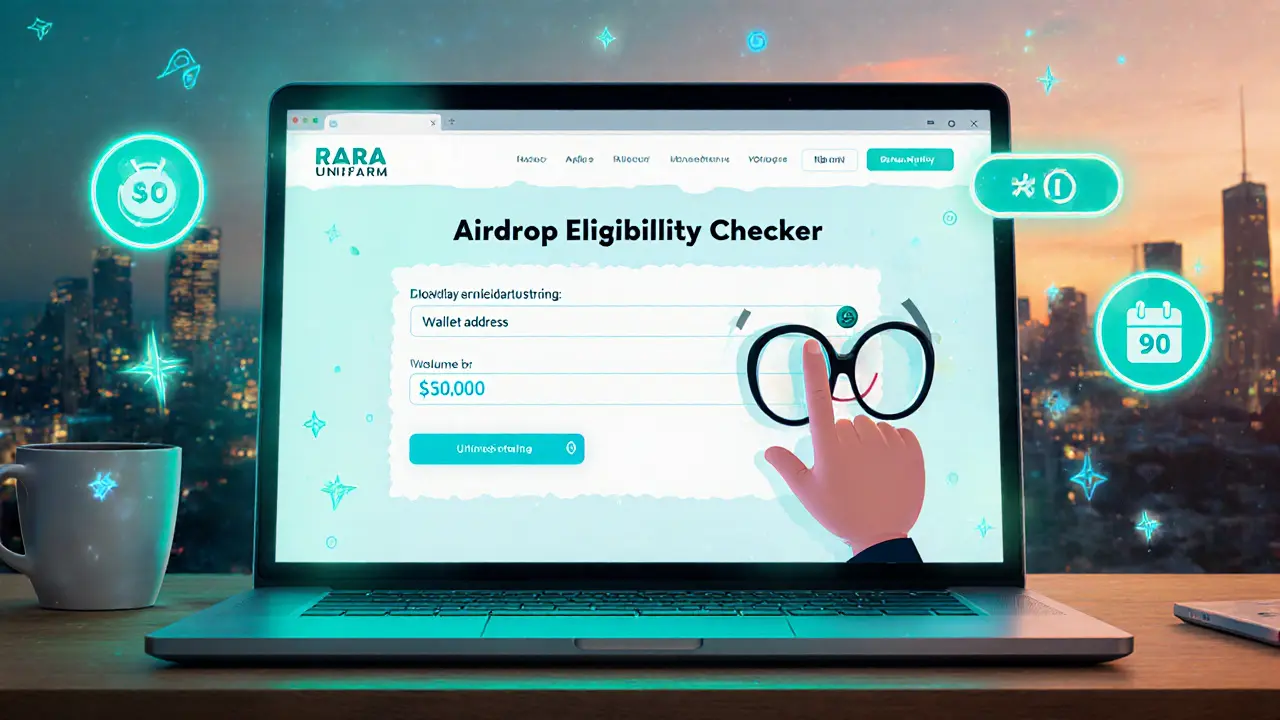DeFi Airdrop: What You Need to Know
When working with DeFi airdrop, a free token giveaway from decentralized finance projects designed to attract users and bootstrap network effects. Also known as crypto airdrop, it gives participants a chance to own new assets without spending a dime.
One of the hottest related concepts is airdrop verification, the process of confirming a claim’s legitimacy by checking smart‑contract code, official channel announcements, and community feedback. Skipping verification is a shortcut that often leads to scams. In practice, DeFi airdrop security hinges on this step: you compare the contract address on explorers, read the project’s roadmap, and ask seasoned users for a quick sanity check. If the details line up, the airdrop is likely genuine; if not, you probably saved yourself a loss.
Another entity that pops up in many of the posts is the blockchain gaming airdrop, a token or NFT giveaway tied to a game’s launch, usually meant to grow the player base and seed in‑game economies. Games like KittySpin, GMEE, and Pett.AI use airdrops to hand out play‑to‑earn tokens or collectible NFTs. These drops often bundle utility (access to special items) with pure speculation, so the risk‑reward profile differs from pure DeFi projects. Knowing that a gaming airdrop includes both token distribution and NFT utility helps you decide whether you’re after the fun factor or the financial upside.
Speaking of token distribution, the token distribution model, the set of rules that dictate how many tokens each participant receives, when they vest, and what conditions apply, is the engine behind every airdrop. Some projects use a simple snapshot of wallet balances; others require completing tasks like joining a Discord, retweeting, or staking liquidity. Understanding the distribution model lets you estimate your potential reward and spot red flags – for example, a model that promises billions of tokens for a single tweet is usually a bait‑and‑switch.
All these pieces converge under the umbrella of the DeFi project, any protocol that offers financial services—lending, trading, yield farming—on a blockchain without a central intermediary. A DeFi project launches an airdrop to grow its user base, test its tokenomics, and generate buzz. The project’s health, audit status, and community activity directly affect the value of the airdropped tokens. If a DeFi project is audited, has a clear roadmap, and shows steady TVL (total value locked), the airdrop is more likely to retain value over time.
Putting it all together, you now have a toolbox: verify the contract, understand the distribution model, check the project’s audit and roadmap, and consider the extra utility if the airdrop ties into a game. The articles below walk through real‑world examples—SHIBSC, GMEE, ByteNext, and more—showing how each of these entities plays out in practice. Dive into the list to see step‑by‑step guides, risk assessments, and claim instructions that match the concepts we just covered.
RARA Unifarm Airdrop Details 2025: How to Claim, Eligibility & Risks
Learn everything about the RARA Unifarm airdrop: eligibility, claim steps, tokenomics, safety tips, and how it compares to other 2025 crypto drops.
read more

